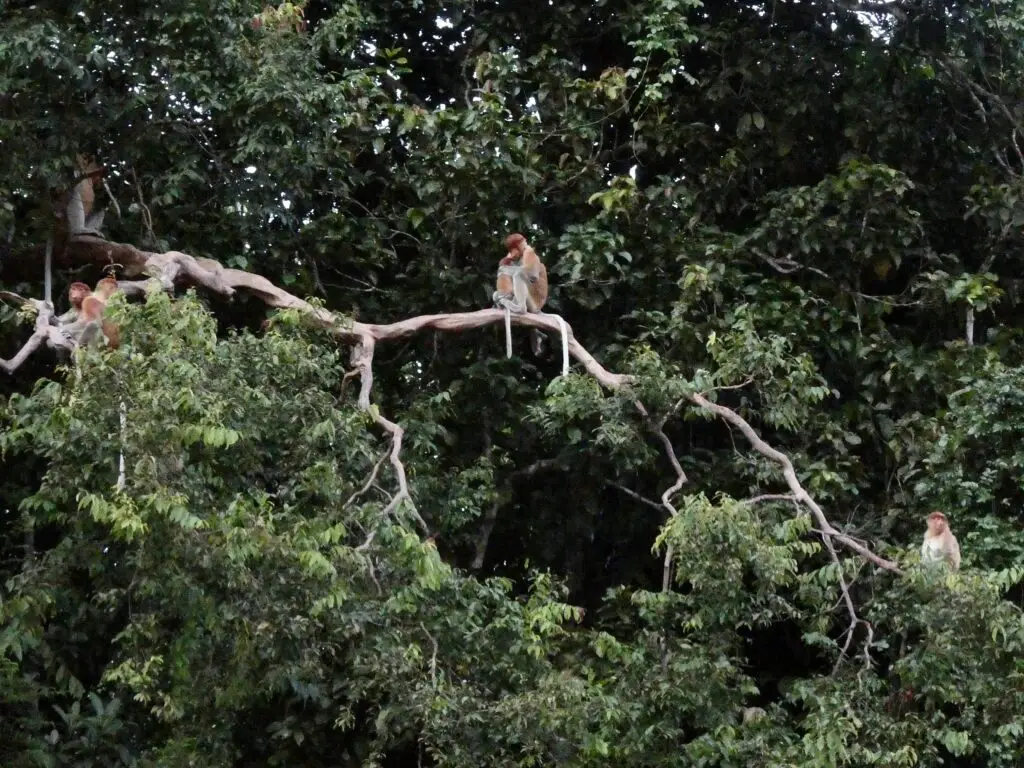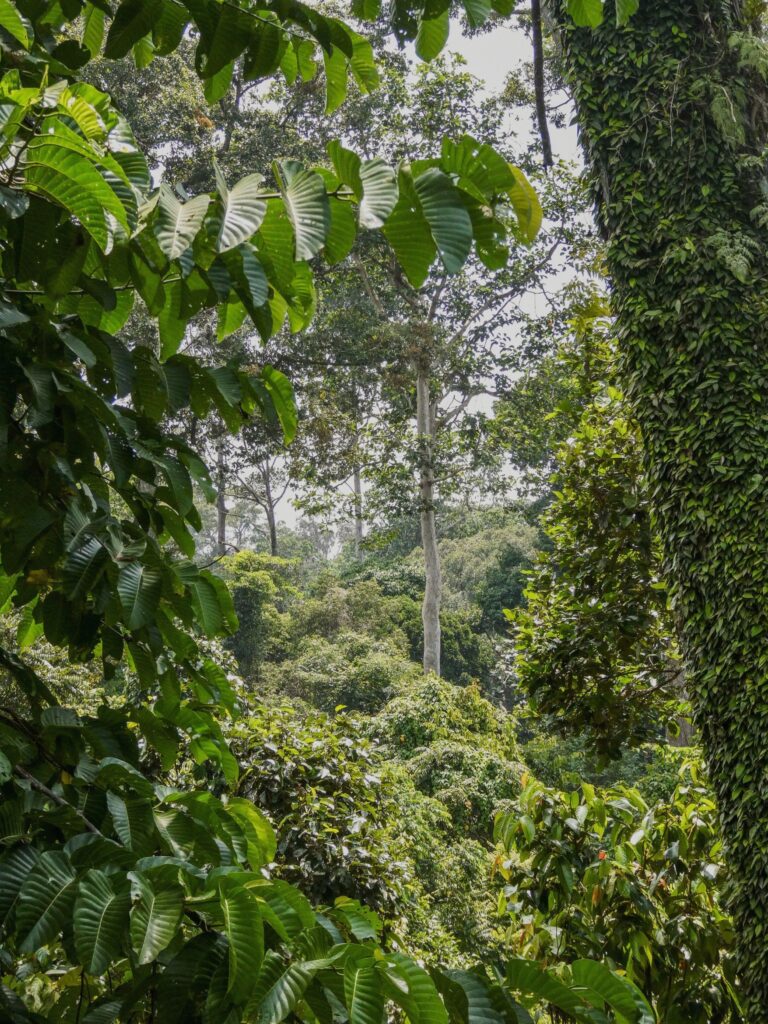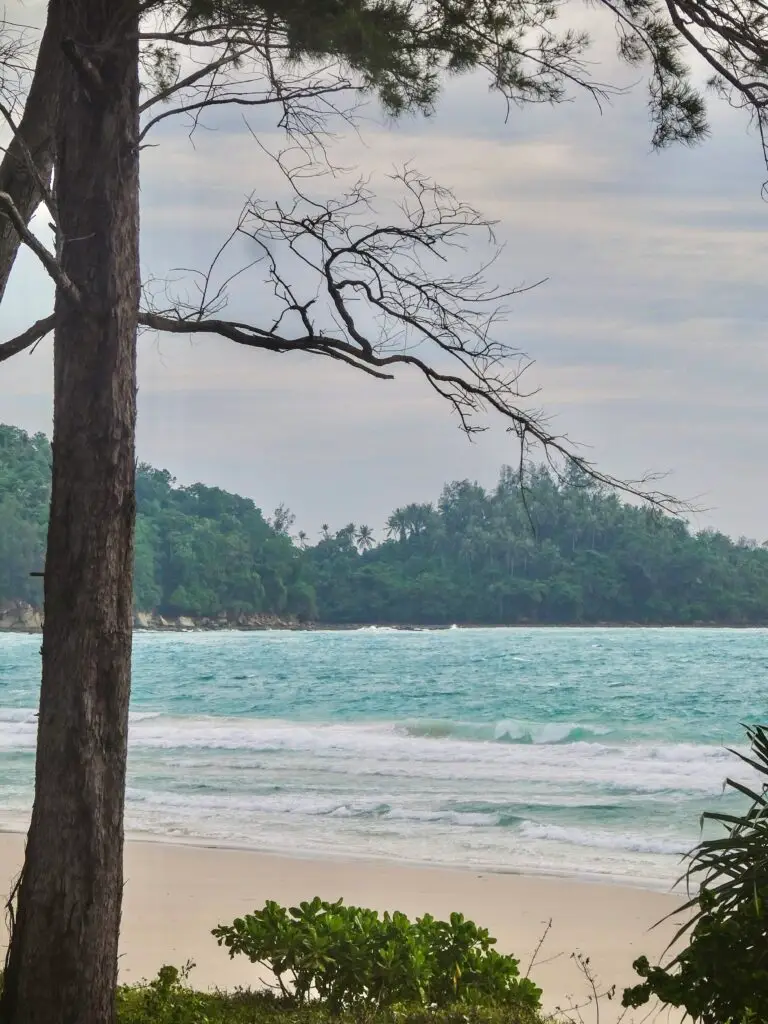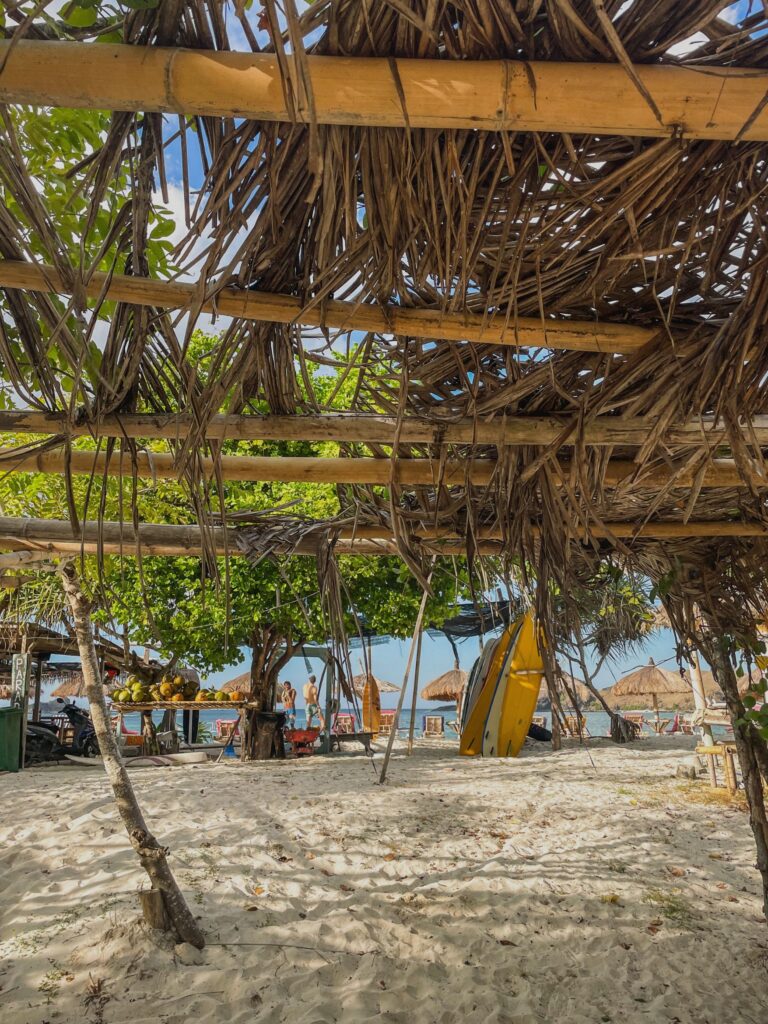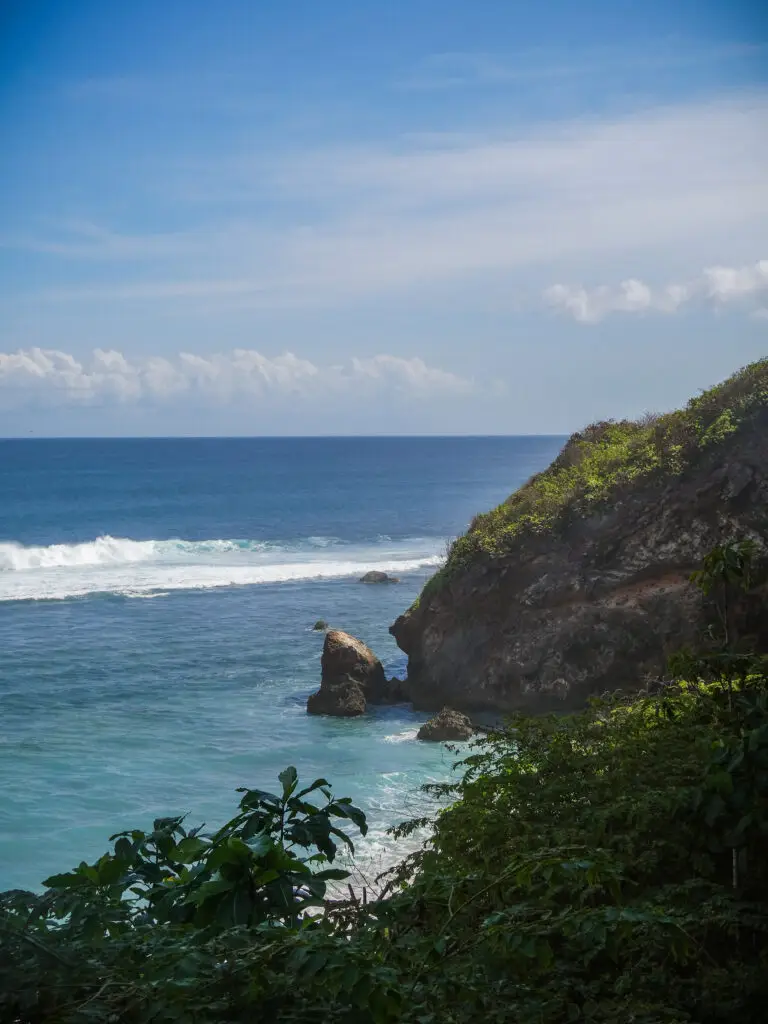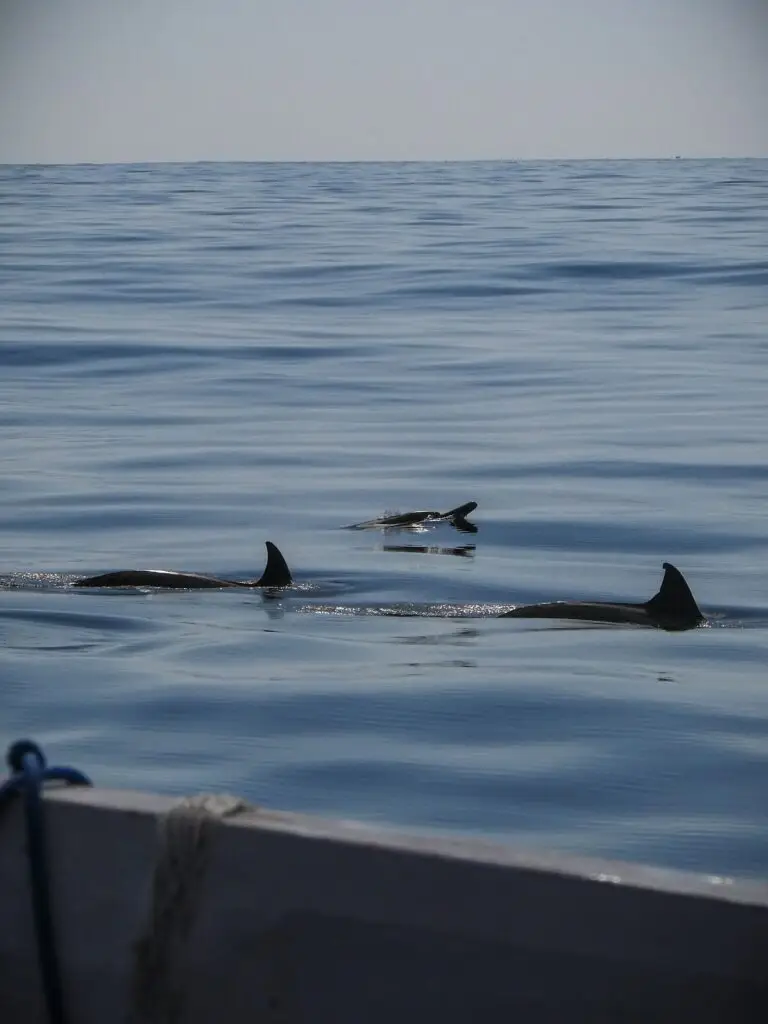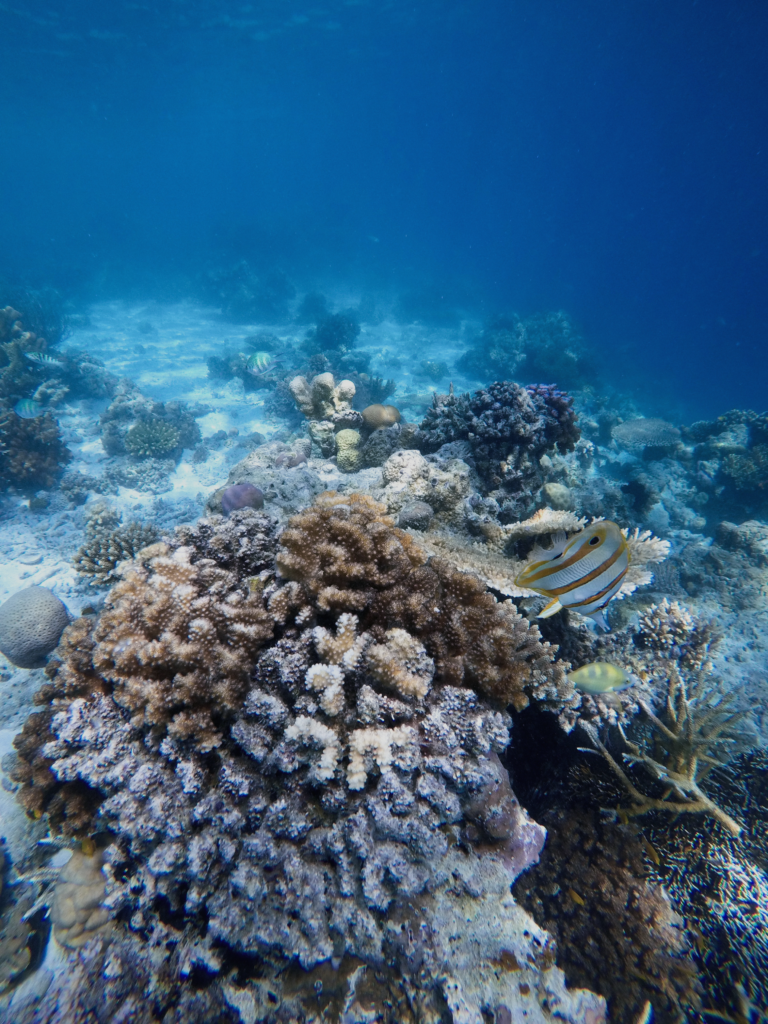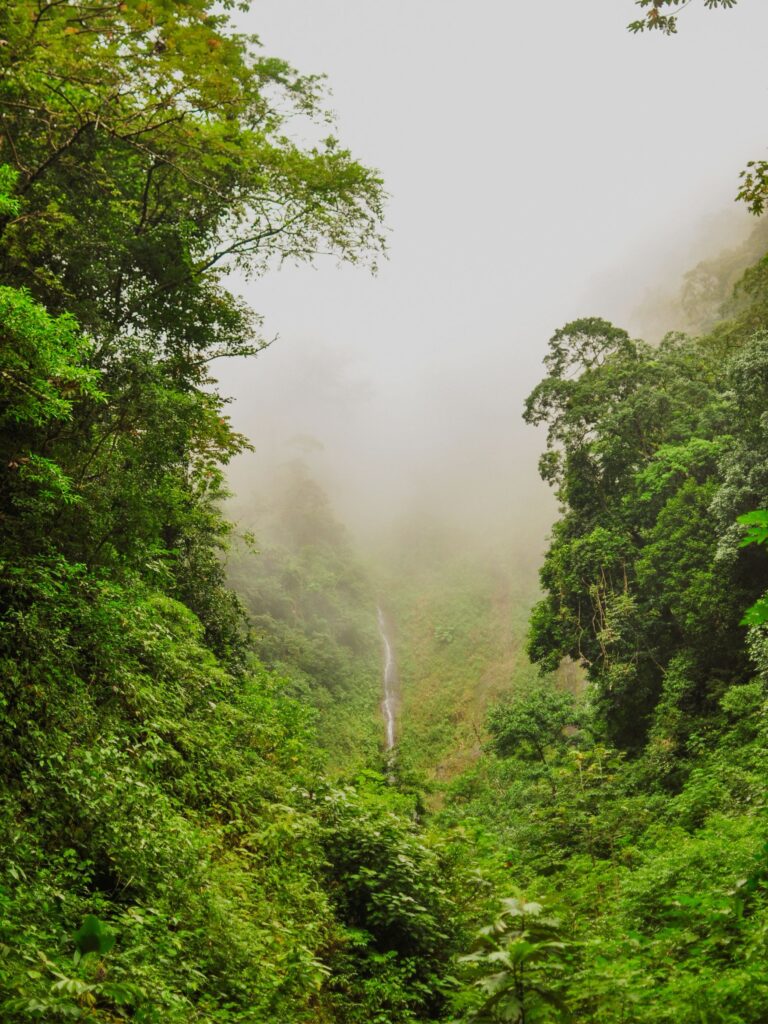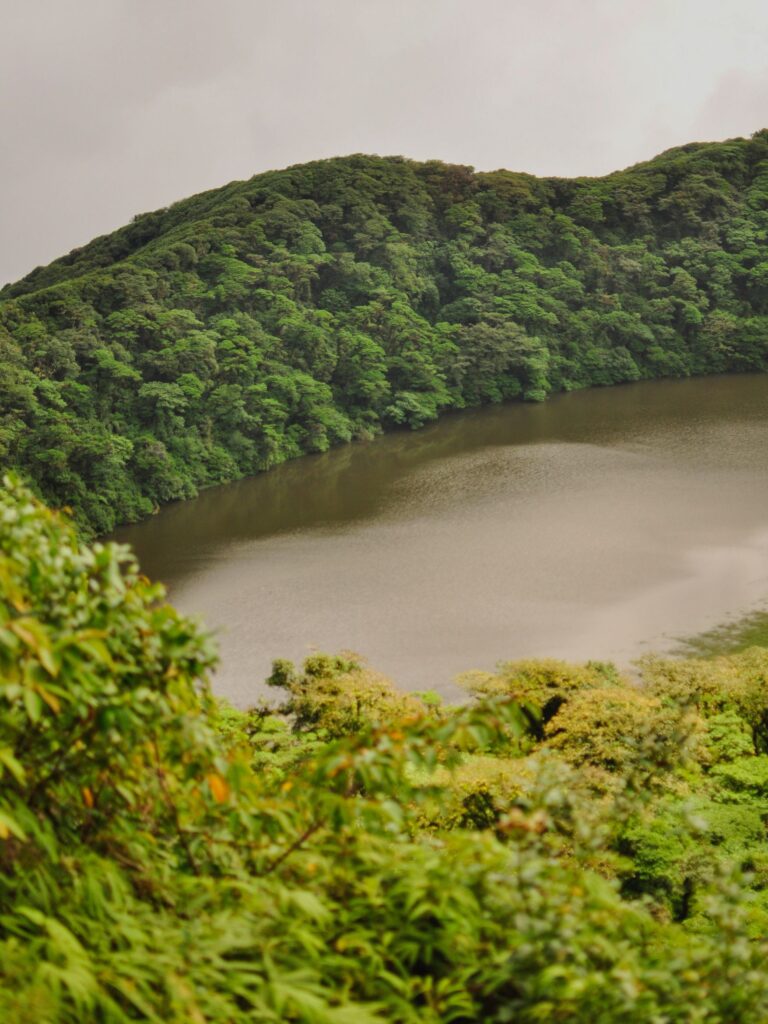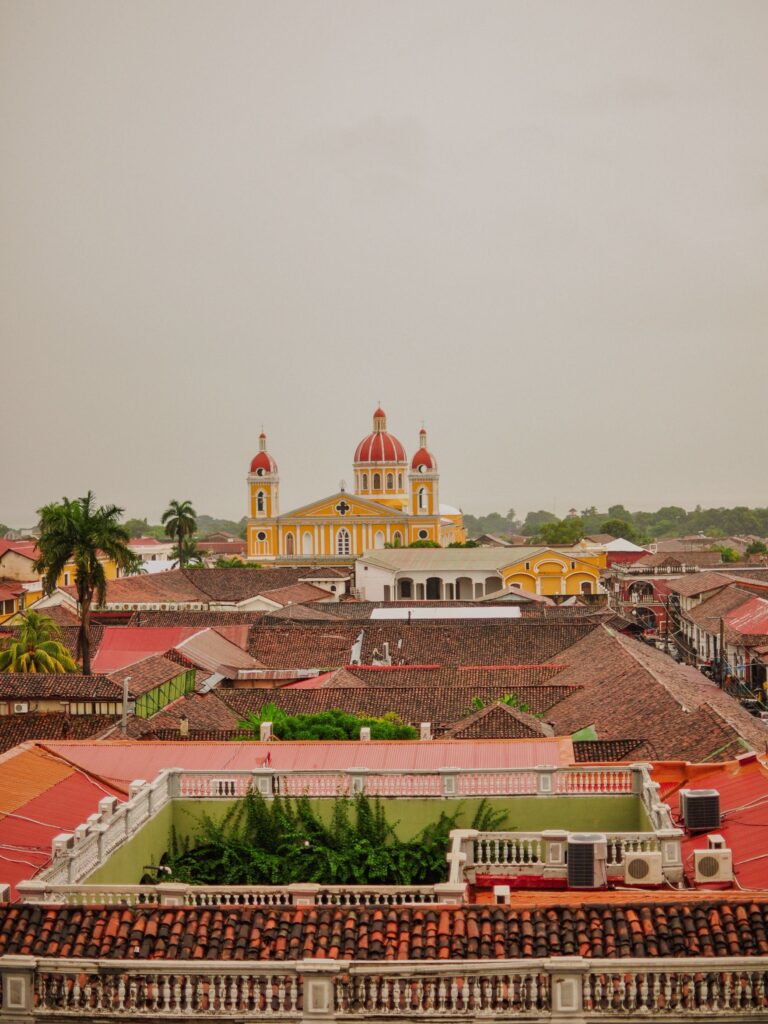Kinabatangan River is the second longest river in Malaysia, stretching approximately 560 kilometers through the region Sabah in Borneo. The river is famous for its biodiversity and is a vital natural resource for Sabah, not just because of its ecological significance but also for the local communities and its growing role in eco-tourism. The Kinabatangan River and the surrounding rain forests are home to multiple endangered species such as the Bornean orangutan, Pygmy elephants, and saltwater crocodiles, with a wide variety of bird species such as hornbills and kingfishers. The Kinabatangan River is a must visit when going to Borneo and a dream for those who are interested in wildlife and conservation.
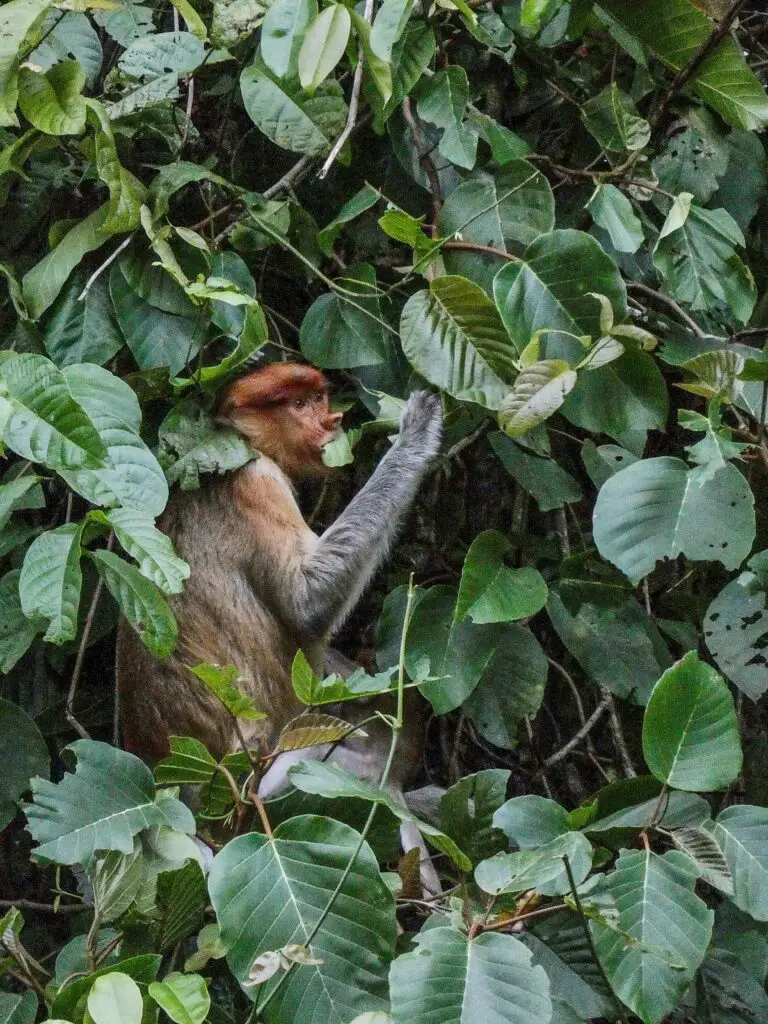
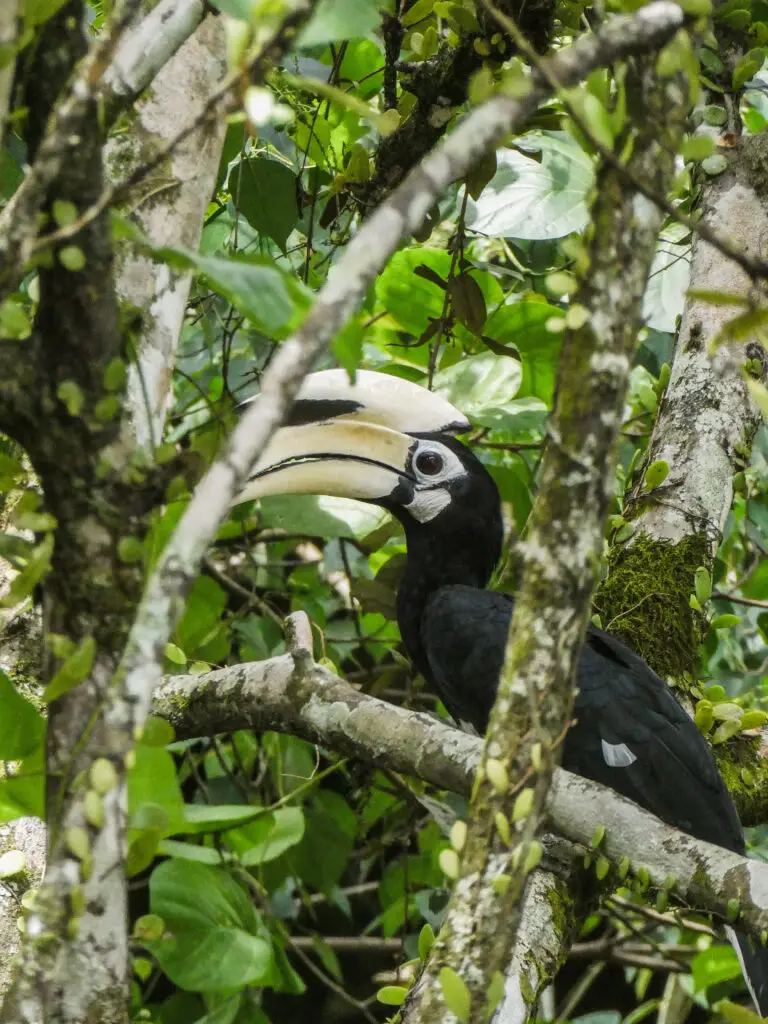
How to get to Kinabatangan River
Kinabatangan River is remote and you will not be able to get there by yourself without pre-arranged transportation. Most eco-lodges and homestays around the river offer hotel pick-up from the nearby areas such as Sandakan, Sepilok and Sukau to transport you directly from one stay to the other. Some do it for free, some charge a little bit extra. For me it cost 40 MYR ($8) to get picked up at my hotel in Sepilok for a 1 hour and 45 minute drive. Sandakan Airport (SDK) is the closest airport to Kinabatangan River if you are arriving directly by flight.
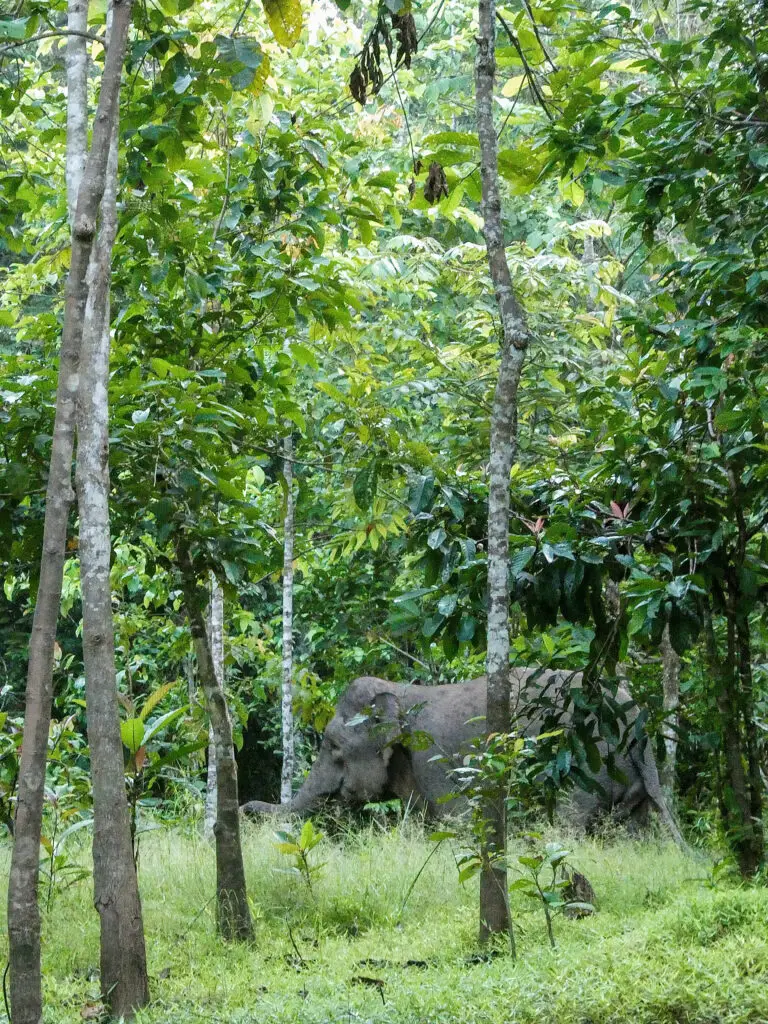
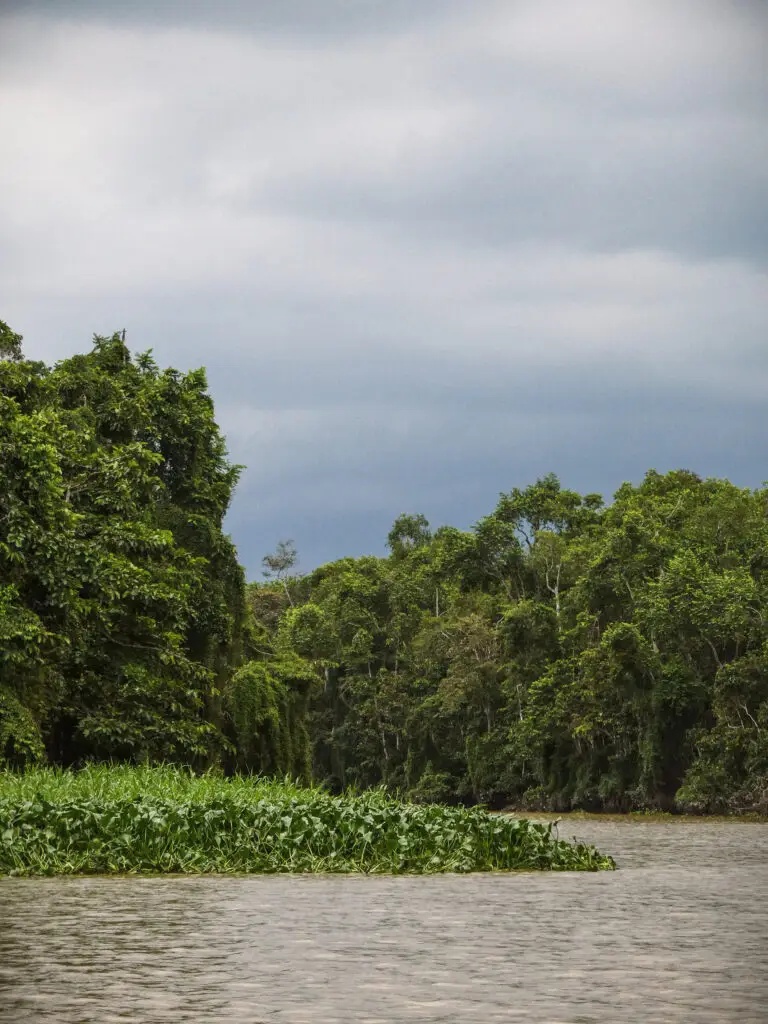
Where to stay around Kinabatangan River
Kinabatangan River is definitely off the beaten track and something very few people get to experience. The Kinabatangan River is 560 kilometers long but it’s around Sukau you will stay if you are going. This is where most of the eco-lodges and homestays are located, although the number is very limited.
What is the difference between staying at an eco lodge or a homestay?
All of the stays around Kinabatangan River will feel remote and wild, but the difference between a homestay and an eco lodge is that an eco lodge is more of a resort while a homestay is as you might guess, staying at someone’s home.
Should I stay at an eco lodge or a homestay when going to Kinabatangan River?
There are both pros and cons staying at either an eco lodge or homestay and I will present them below so you can choose what you prefer. I stayed at a homestay and I can really recommend that.
| Eco lodge | Homestays | |
| Pros | The standards: Eco lodges tend to be a bit more developed and the standards are a little bit higher compared to homestays. The language: The guides are usually a little bit better at speaking English and you might get a little bit more information out of the tour compared to homestays. | Authenticness: Staying with a family is an amazing and authentic experience because you really get in touch with how life by Kinabatangan River is. More privacy: Homestays do not accept as many visitors at the same time as eco lodges – we were only 3 people – and therefore the experience feels more personal. Price: Much cheaper. |
| Cons | More crowded: Although no eco lodge is huge, they do accept more visitors than the homestays. Therefore the experience might feel less authentic and the boats when cruising tend to be a bit more crowded, maybe around 20 people per boat. Price: Eco lodges are also significantly more expensive than homestays. | The standards: You will be staying at someone’s home and you can’t expect the standard to be high. People around Kinabatangan River live a simple life. Language barriers: Might not be as good. |
Can I go to the Kinabatangan River and experience it independently?
The short answer is no. You will not be able to get around the river or even on to the river without having booked a package with the eco-lodges or homestays.
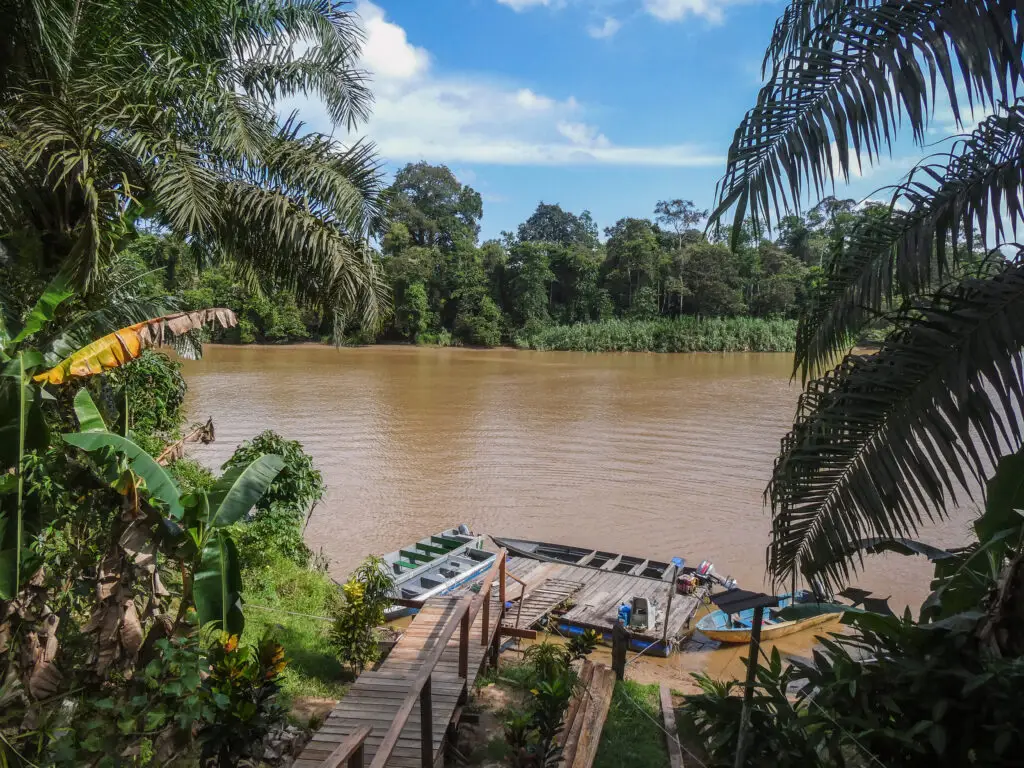
What to expect from Kinabatangan River
Kinabatangan River is an amazing experience and should be on everyone’s bucket list, with the river cruises definitely being the highlight of the trip. Many people go to the river in the hopes of seeing the Borneo Big Five: The Bornean Orangutan, the Bornean Pygmy Elephant, the Proboscis Monkey, the Estuarine Crocodile, and the Rhinoceros Hornbill. I managed to see four of these. I didn’t see the Rhinoceros Hornbill but did see other types of hornbills.
Do however expect a lot of spare time. There is a schedule with cruises and meals and at some places you can go for a walk in the nearby areas, but other than that you basically can’t do anything since you are located in the middle of the jungle. I would therefore recommend to bring a book or download some movies to keep yourself busy in between the cruises.
To give you an idea of how the days by Kinabatangan River can look like I have created this schedule based on my stay and our activities:
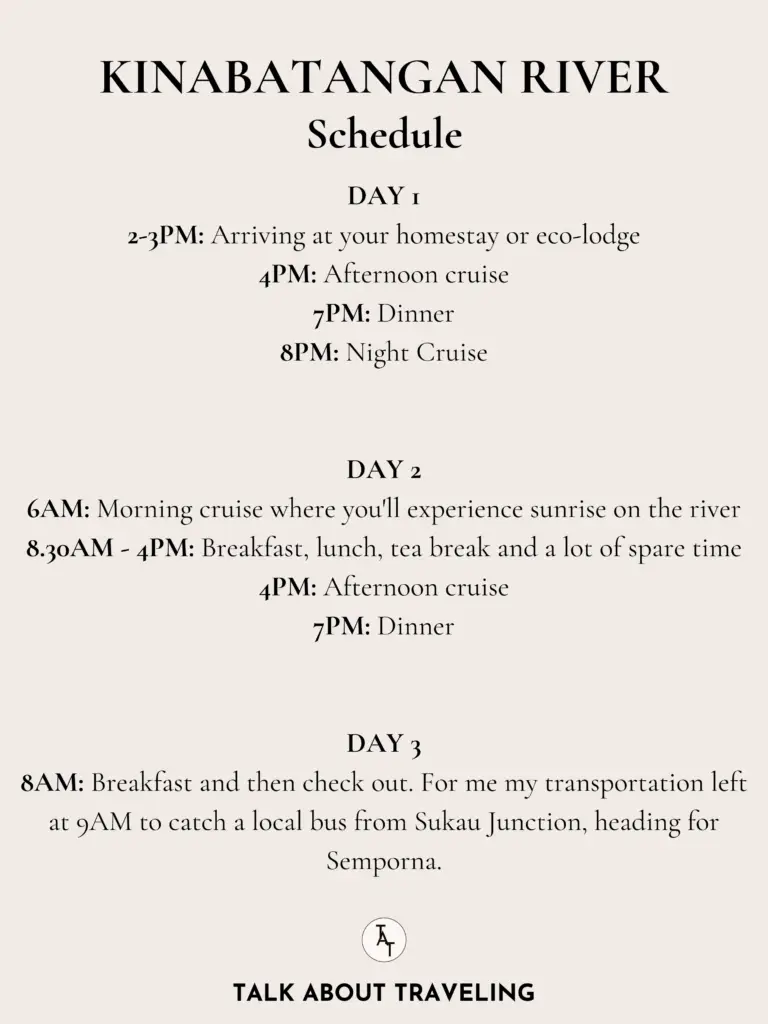
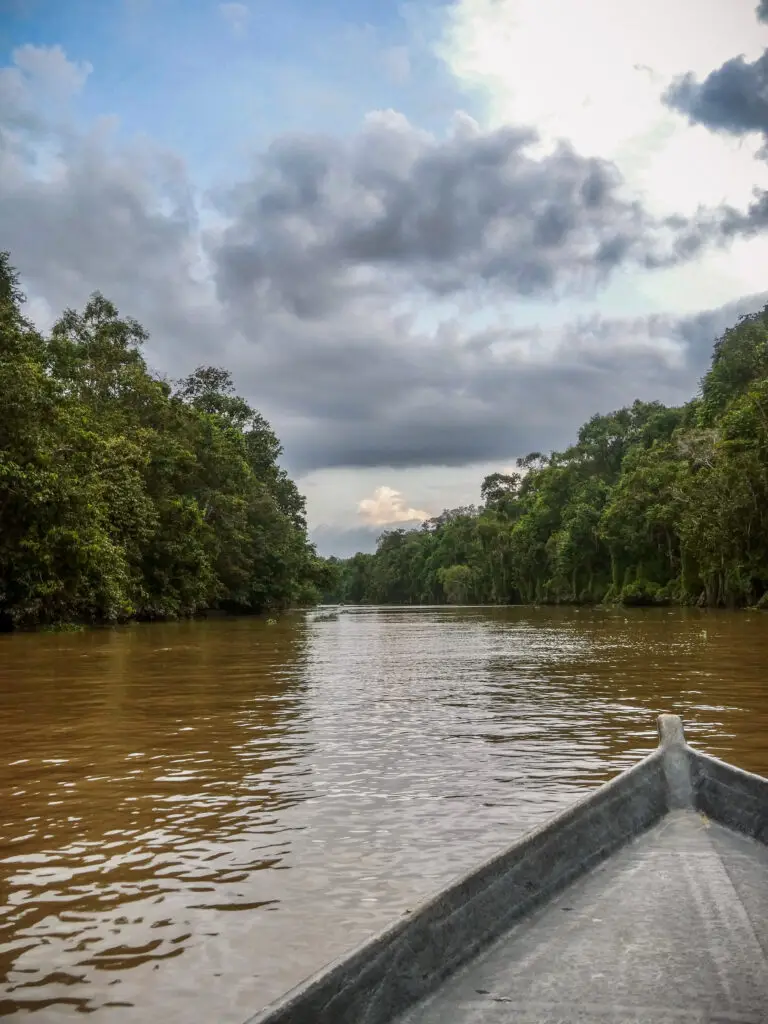
What to pack for Kinabatangan River
To make it easy for you I have created a checklist of what to pack for a stay around the Kinabatangan River. This is free to download!
Clothing and shoes
The weather by Kinabatangan River can be shifty. During the days it’s usually hot and humid and packing light clothing is therefore a comfortable choice. Do however bring long and lose fitting pants and a long-sleeved shirt. The nights are much cooler. If you are not going hiking you are fine with slippers since you’ll only be in a boat, but I would recommend bringing closed shoes due to insects. I didn’t think it was that bad with mosquitoes, but better safe than sorry.
Rain gear
Tropical showers do happen and bringing rain gear is therefore essential. For us it rained one afternoon and I was fine with only a rain jacket. I actually wore shorts that day because it was so hot and humid, but long pants would otherwise be recommended.
Insect repellent
I actually didn’t think it was that bad with insects but I also put on mosquito repellent every day so maybe that was why. You can’t head into the jungle and not bring insect repellent, that’s a fact.
Sun protection
The sun in Borneo is strong and even though it can be cloudy, you should always use sunscreen. I would also recommend to where a hat or a cap while out cruising.
Binoculars and camera
Bringing binoculars and a camera is optional of course, but I can highly recommend it for the best experience. Some animals can be far away but with binoculars you can really get a good view! And of course you would want to commemorate this with a camera.
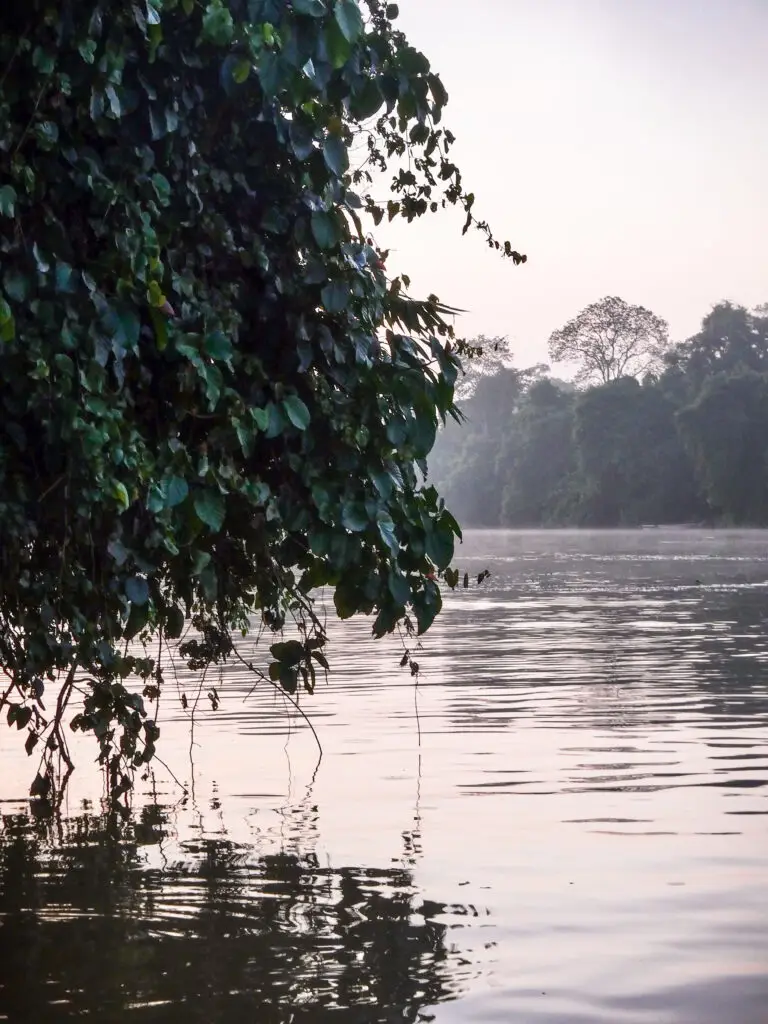
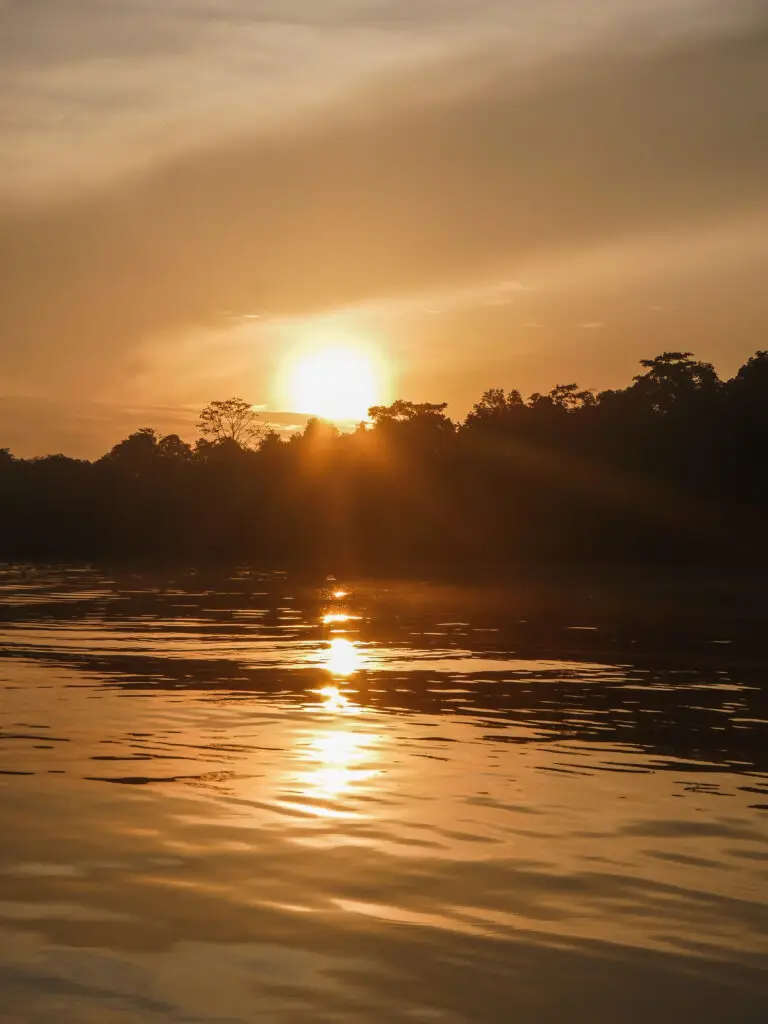
Best time to visit Kinabatangan River
The best time to visit Kinabatangan River is during the dry season which runs from April to September. This is good due to animal spottings. During the rainy season, except for the more frequent raining, it will also be a lot harder to spot animals. At this period of time they move deeper into the jungle.
